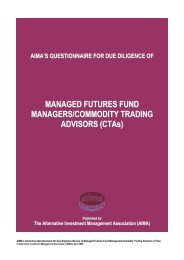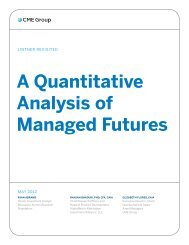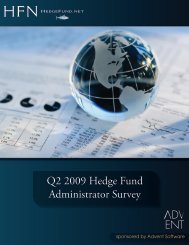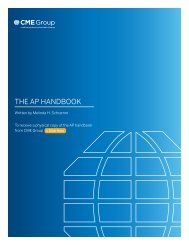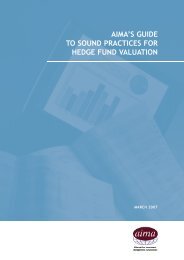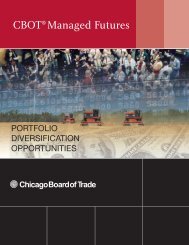SETTING UP A HEDGE FUND â PART TWO - BarclayHedge
SETTING UP A HEDGE FUND â PART TWO - BarclayHedge
SETTING UP A HEDGE FUND â PART TWO - BarclayHedge
Create successful ePaper yourself
Turn your PDF publications into a flip-book with our unique Google optimized e-Paper software.
Agenda and Minutes. You will face more frequent and more customized<br />
requests for information from investors.”<br />
Attracting Institutional Investors<br />
In addition to all of that, there are “The Necessary 9” rules for success in raising and<br />
retaining Institutional capital in today’s market. (Some of these are covered in the<br />
above, but they bear repeating)<br />
The Necessary 9<br />
1. Convey how your process is repeatable and truly unique.<br />
2. Showcase all of the required quantitative measurements which include: Riskinducing<br />
delta and beta adjusted with implied volatilities; Daily Exposure detail<br />
over time since inception; Alpha over custom blended benchmarks on your long<br />
and short positions; Asset allocation vs. stock selection criteria; Concentration,<br />
liquidity and leverage statistics; Volatility – how you handle and mute it;<br />
Attribution – Absolute and Relative.<br />
3. Can everyone on your team similarly describe your funds compelling edge in a<br />
short version (1 minute) and long version (3 minutes)?<br />
4. Operate in a multi prime/custodian environment (especially now given many<br />
investors dictate a required custodian)<br />
5. Accept and effectively handle managed accounts<br />
6. Institutional quality operational, technology and compliance infrastructure<br />
7. Show sustainability with limited reliance on the founder or any single person<br />
8. Understand your shortcomings<br />
9. Know your competition.”<br />
*Ron Suber is senior partner and head of global sales and marketing for Merlin<br />
Securities. He has more than 20 years of experience in sales, marketing and<br />
business development across the hedge fund, broker dealer and registered<br />
investment advisor industries.<br />
Due Diligence Questionnaire<br />
Thirdly, when you have established your management company and formed your<br />
fund, you then need to prepare a Due Diligence Questionnaire (“DDQ”) on the HFM.<br />
You are likely to be sent a series of RFPs (“Request for Proposal”) by potential<br />
investors. It is a very time‐consuming and frustrating task to fill in seven or eight (if


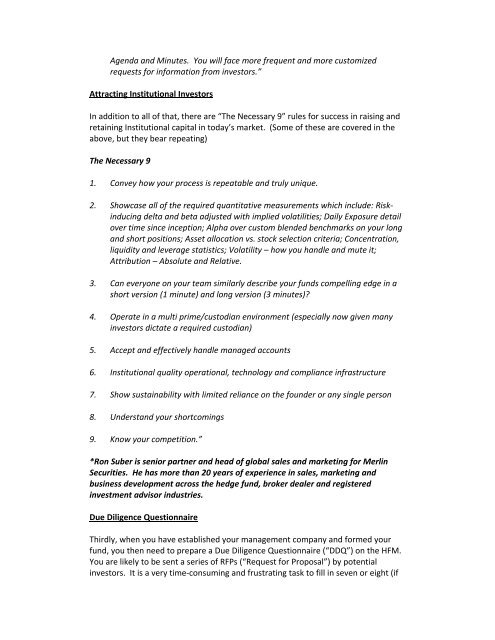
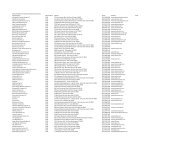
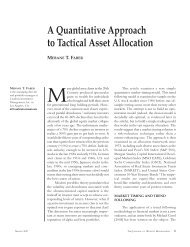
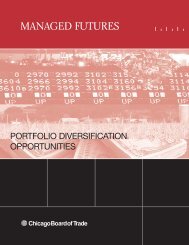
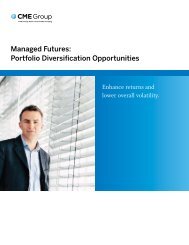
![Definitions & Concepts... [PDF] - Cycles Research Institute](https://img.yumpu.com/26387731/1/190x245/definitions-concepts-pdf-cycles-research-institute.jpg?quality=85)

